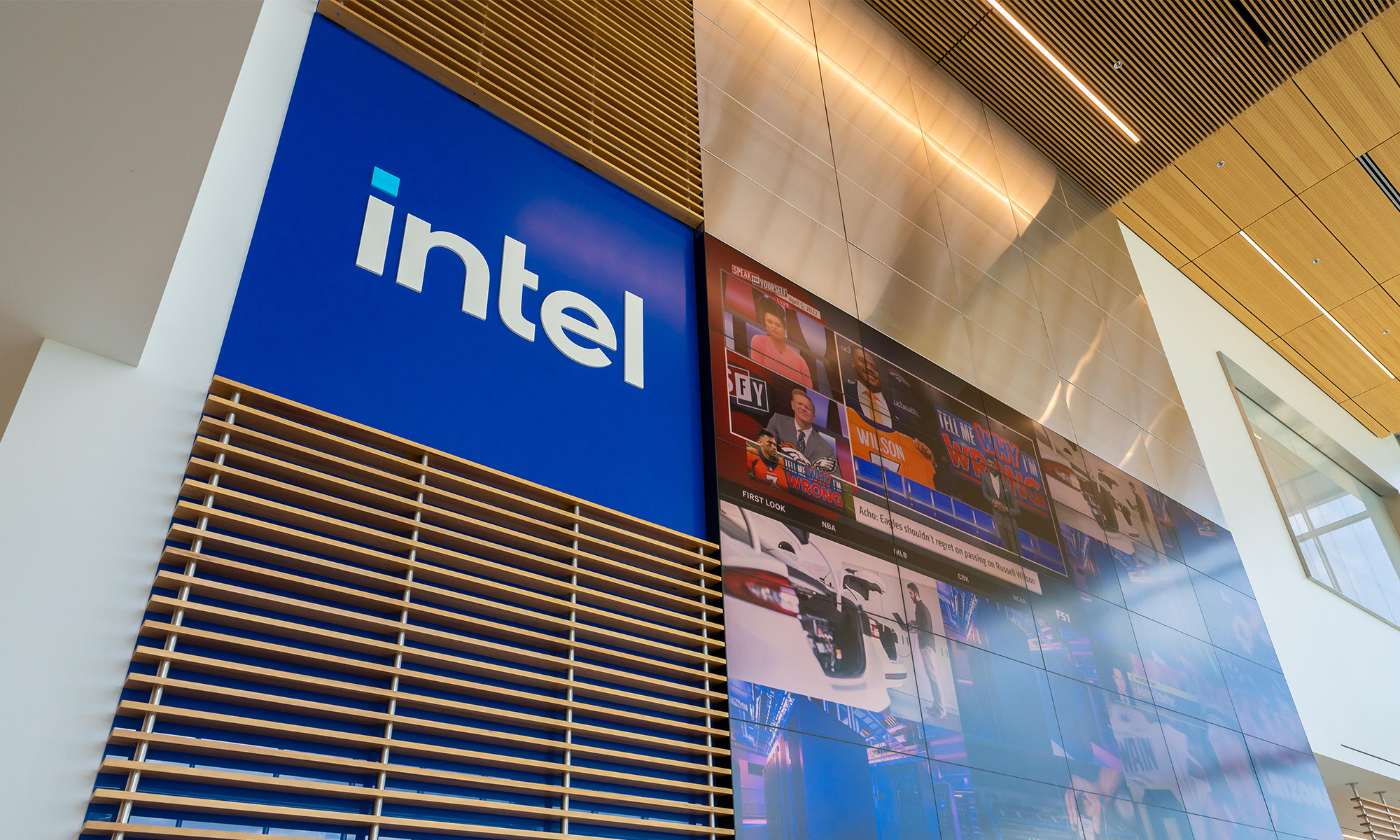U.S. President Donald Trump, who just last week demanded the resignation of Intel (INTC +0.47%) CEO Lip-Bu Tan, reversed course on Monday. In social media posts on Aug. 8, the president initially labeled Tan as "highly conflicted" over alleged ties to the Chinese Communist Party, citing illegal actions by Cadence Design Systems (CDNS +0.22%) while Tan was its CEO as the proof. After the two met on Monday, Trump now calls Tan a "success," and supports his leadership of the chip giant.
The conflicting attention on Tan brought additional scrutiny on the semiconductor stock as it struggles to regain its competitiveness in an industry it once dominated. It also means investors would be well advised to make sense of the news and the implications it might have for Intel shareholders before buying the stock.

Image source: Intel.
Lip-Bu Tan and China
The initial issue arose after Cadence pleaded guilty on July 28 to unlawfully exporting its semiconductor design tools to a Chinese chip manufacturer and a university with ties to the Chinese military. Tan was Cadence's CEO when these transfers occurred.
On Aug. 6, Arkansas's Republican Senator, Tom Cotton, sent a letter to Intel's Chairman of the Board Frank Yeary, asking questions about Tan's China ties. President Trump learned of Cotton's letter soon after, and on Trump Media's Truth Social platform, he called on Tan to resign "immediately." He stated that there was "no other solution to this problem" but did not provide any additional details.
Tan countered Cotton's accusations, releasing a letter to Intel employees on Thursday, Aug. 7, stating that there had been "misinformation" circulating about his past roles at Walden International and Cadence Design Systems. He also affirmed his dedication to U.S. security interests and mentioned Intel's discussions with the Trump administration regarding the issues raised.
Intel's board of directors also released a statement supporting Tan and emphasizing the board's commitment to U.S. security and economic interests, noting that Intel's investments, including domestic manufacturing, align with President Trump's stated agenda.
Tan then visited Trump at the White House to make this case. An Intel spokesperson described the meeting as a "candid and constructive discussion," outlining the commitment Intel has made to bolstering U.S. leadership in manufacturing and technology. Trump responded by hailing Tan's success and rise as an "amazing story," adding that Tan will spend time with members of Trump's administrative cabinet and bring suggestions to him over the next week.
Shareholder implications
Intel's stock price recovered after releasing the news. Nonetheless, the challenges that Tan faces in getting Intel back on track remain considerable.

NASDAQ: INTC
Key Data Points
Intel's board hired Tan back in March 2025 specifically to turn the company around. After decades of industry leadership, it has fallen behind its top competitors in recent years. Efforts by past CEOs to resolve Intel's issues have so far proven unsuccessful.
In 2021, former CEO Pat Gelsinger put forth a plan to regain the technical lead by 2025 and turn its foundries into a third-party chip manufacturing business. The rise of artificial intelligence (AI) accelerators thwarted the company's plans to catch up technically, and its efforts to upgrade foundries were beset with setbacks, prompting Gelsinger to leave the company last year.
When Intel's board appointed Tan, it likely hoped that Tan could replicate his previous success at Cadence. Since taking the job, he has streamlined the management team, and now the client group and the data center and AI group report directly to him. Additionally, he elevated Intel's technical leadership and began the process of reducing the workforce to approximately 75,000 employees by the end of the year (a one-year staff reduction of over 30%).
Tan has made it clear that a comeback will take years. It's still far too early if his initiatives will succeed. So far, its financials suggest little has changed. Revenue for the second quarter of 2025 was $12.9 billion, amounting to flat growth from year-ago levels. There has also been a considerable increase in costs and expenses, and Intel's Q2 net loss widened to $2.9 billion.
Still, the fact that Tan persuaded Trump to reverse course is undoubtedly a victory for the CEO. Additionally, its price-to-book ratio is just over 0.9. Since that means Intel stock is worth less than its assets minus its liabilities, one has to assume its troubles are more than priced into the stock.
Should investors buy the pullback in Intel stock?
Intel was arguably a speculative buy before this recent news and likely remains so. Indeed, the company faced considerable uncertainty before Trump initially turned on Tan. Although Tan has averted a crisis by winning over Trump, Intel still faces an uphill battle in making the venerable tech giant competitive.
However, with its price-to-book ratio under 1, Intel is unlikely to have further downside without conditions worsening further. Thus, the news probably just gives investors more time and reason to initiate a speculative Intel position.






